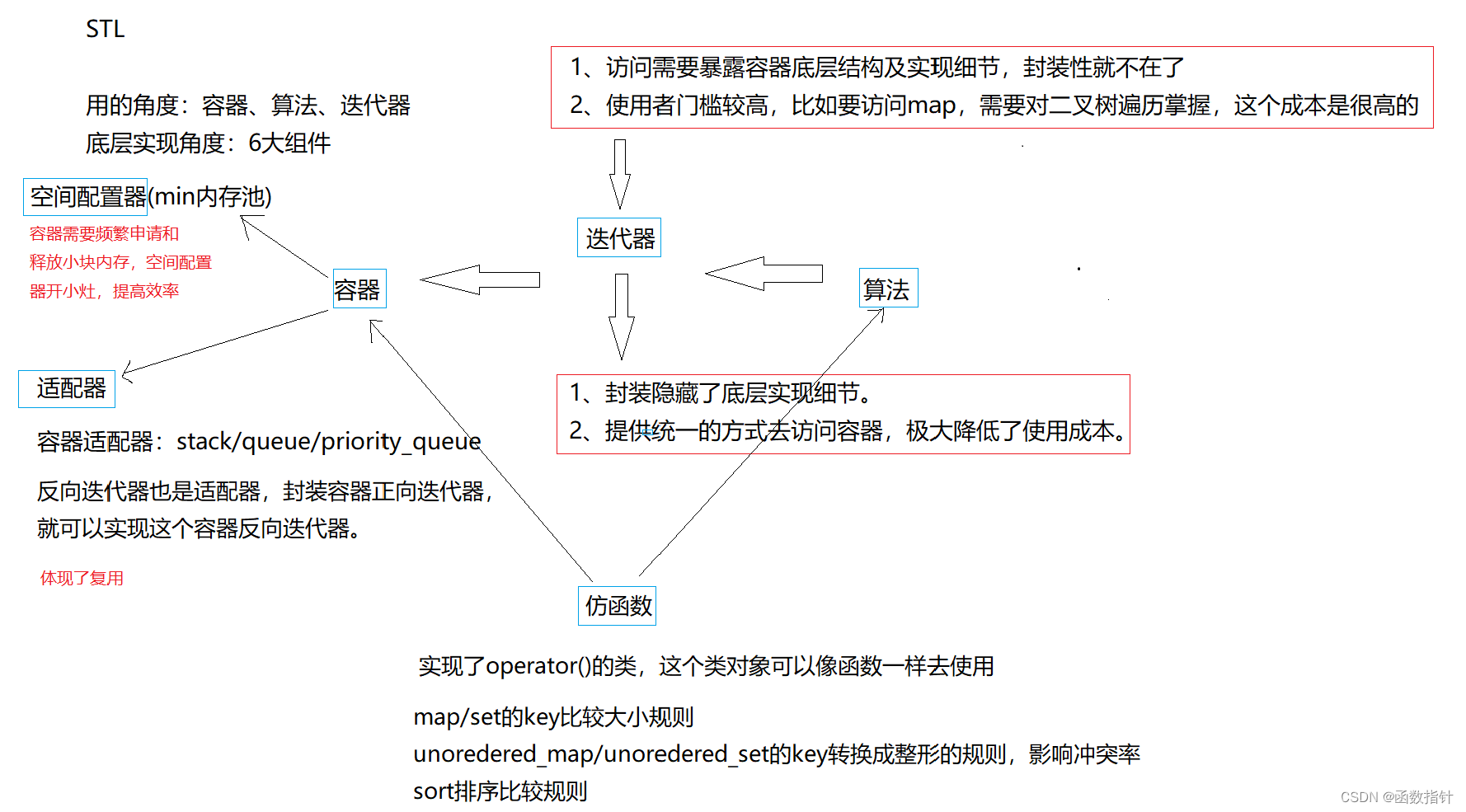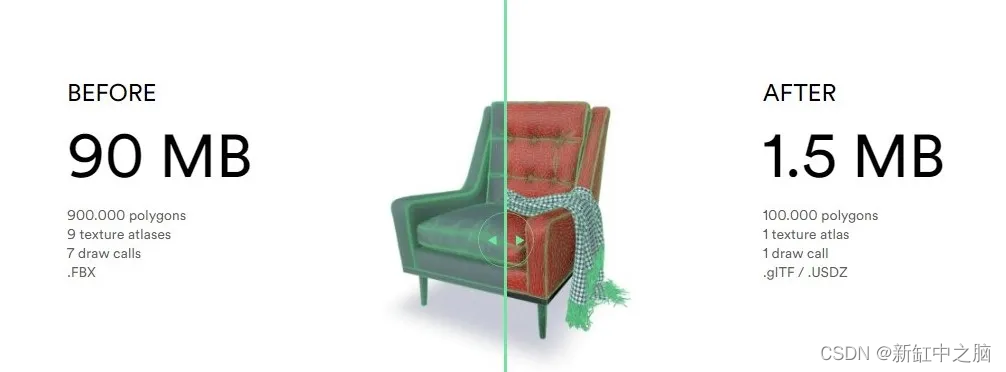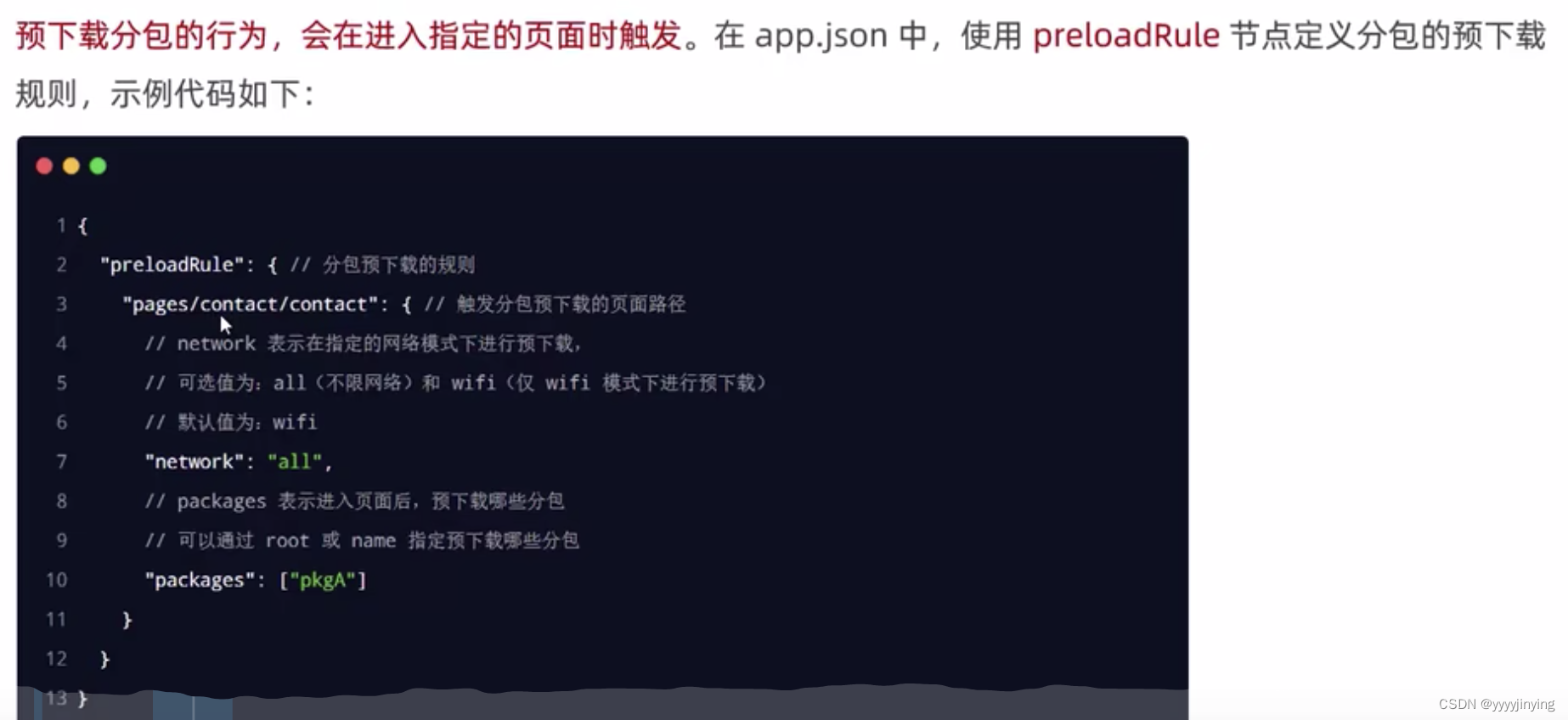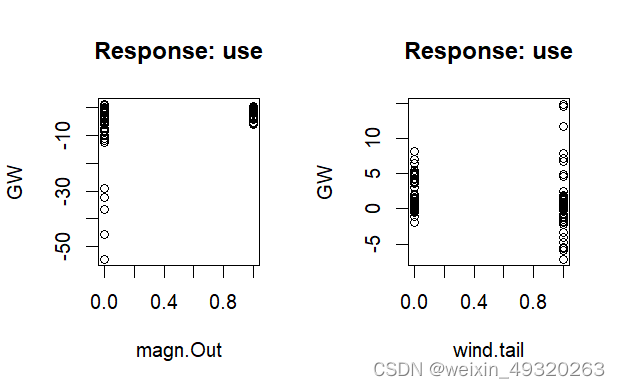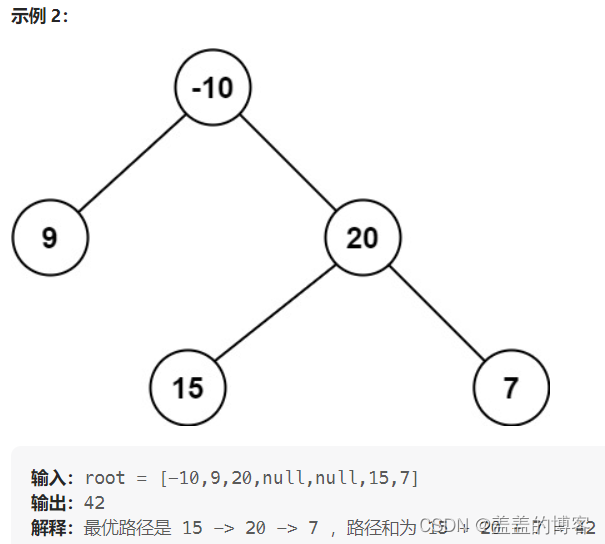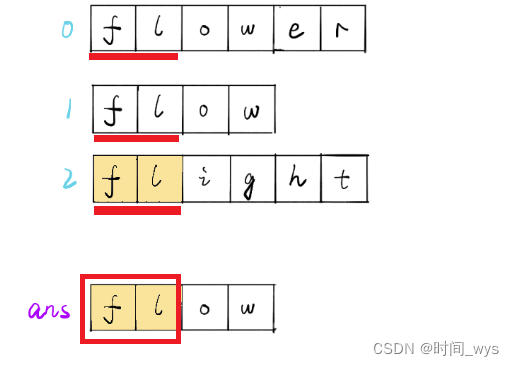分类预测 | MATLAB实现WOA-CNN-BiGRU-Attention数据分类预测
目录
- 分类预测 | MATLAB实现WOA-CNN-BiGRU-Attention数据分类预测
- 分类效果
- 基本描述
- 模型描述
- 程序设计
- 参考资料
分类效果

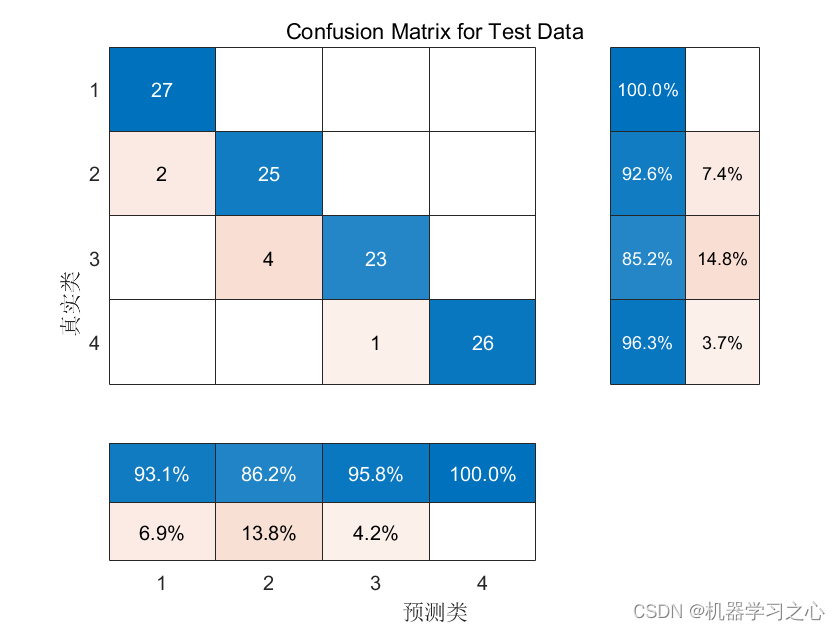
基本描述
1.Matlab实现WOA-CNN-BiGRU-Attention多特征分类预测,多特征输入模型,运行环境Matlab2023及以上;
2.通过WOA优化算法优化学习率、卷积核大小、神经元个数,这3个关键参数,以测试集精度最高为目标函数;
3.多特征输入单输出的二分类及多分类模型。程序内注释详细,直接替换数据就可以用;
程序语言为matlab,程序可出分类效果图,迭代优化图,混淆矩阵图;精确度、召回率、精确率、F1分数等评价指标。
4.基于鲸鱼优化算法(WOA)、卷积神经网络(CNN)和双向门控循环单元网络(BiGRU)的数据分类预测程序。
5.适用领域:
适用于各种数据分类场景,如滚动轴承故障、变压器油气故障、电力系统输电线路故障区域、绝缘子、配网、电能质量扰动,等领域的识别、诊断和分类。
使用便捷:
直接使用EXCEL表格导入数据,无需大幅修改程序。内部有详细注释,易于理解。
模型描述
CNN 是一种前馈型神经网络,广泛应用于深度学习领域,主要由卷积层、池化层和全连接层组成,输入特征向量可以为多维向量组,采用局部感知和权值共享的方式。卷积层对原始数据提取特征量,深度挖掘数据的内在联系,池化层能够降低网络复杂度、减少训练参数,全连接层将处理后的数据进行合并,计算分类和回归结果。
GRU是LSTM的一种改进模型,将遗忘门和输入门集成为单一的更新门,同时混合了神经元状态和隐藏状态,可有效地缓解循环神经网络中“梯度消失”的问题,并能够在保持训练效果的同时减少训练参数。
程序设计
- 完整程序和数据获取方式:私信博主回复MATLAB实现WOA-CNN-BiGRU-Attention数据分类预测;
% The Whale Optimization Algorithm
function [Best_Cost,Best_pos,curve]=WOA(pop,Max_iter,lb,ub,dim,fobj)% initialize position vector and score for the leader
Best_pos=zeros(1,dim);
Best_Cost=inf; %change this to -inf for maximization problems%Initialize the positions of search agents
Positions=initialization(pop,dim,ub,lb);curve=zeros(1,Max_iter);t=0;% Loop counter% Main loop
while t<Max_iterfor i=1:size(Positions,1)% Return back the search agents that go beyond the boundaries of the search spaceFlag4ub=Positions(i,:)>ub;Flag4lb=Positions(i,:)<lb;Positions(i,:)=(Positions(i,:).*(~(Flag4ub+Flag4lb)))+ub.*Flag4ub+lb.*Flag4lb;% Calculate objective function for each search agentfitness=fobj(Positions(i,:));% Update the leaderif fitness<Best_Cost % Change this to > for maximization problemBest_Cost=fitness; % Update alphaBest_pos=Positions(i,:);endenda=2-t*((2)/Max_iter); % a decreases linearly fron 2 to 0 in Eq. (2.3)% a2 linearly dicreases from -1 to -2 to calculate t in Eq. (3.12)a2=-1+t*((-1)/Max_iter);% Update the Position of search agents for i=1:size(Positions,1)r1=rand(); % r1 is a random number in [0,1]r2=rand(); % r2 is a random number in [0,1]A=2*a*r1-a; % Eq. (2.3) in the paperC=2*r2; % Eq. (2.4) in the paperb=1; % parameters in Eq. (2.5)l=(a2-1)*rand+1; % parameters in Eq. (2.5)p = rand(); % p in Eq. (2.6)for j=1:size(Positions,2)if p<0.5 if abs(A)>=1rand_leader_index = floor(pop*rand()+1);X_rand = Positions(rand_leader_index, :);D_X_rand=abs(C*X_rand(j)-Positions(i,j)); % Eq. (2.7)Positions(i,j)=X_rand(j)-A*D_X_rand; % Eq. (2.8)elseif abs(A)<1D_Leader=abs(C*Best_pos(j)-Positions(i,j)); % Eq. (2.1)Positions(i,j)=Best_pos(j)-A*D_Leader; % Eq. (2.2)endelseif p>=0.5distance2Leader=abs(Best_pos(j)-Positions(i,j));% Eq. (2.5)Positions(i,j)=distance2Leader*exp(b.*l).*cos(l.*2*pi)+Best_pos(j);endendendt=t+1;curve(t)=Best_Cost;[t Best_Cost]
end
参考资料
[1] https://blog.csdn.net/kjm13182345320/article/details/129036772?spm=1001.2014.3001.5502
[2] https://blog.csdn.net/kjm13182345320/article/details/128690229







